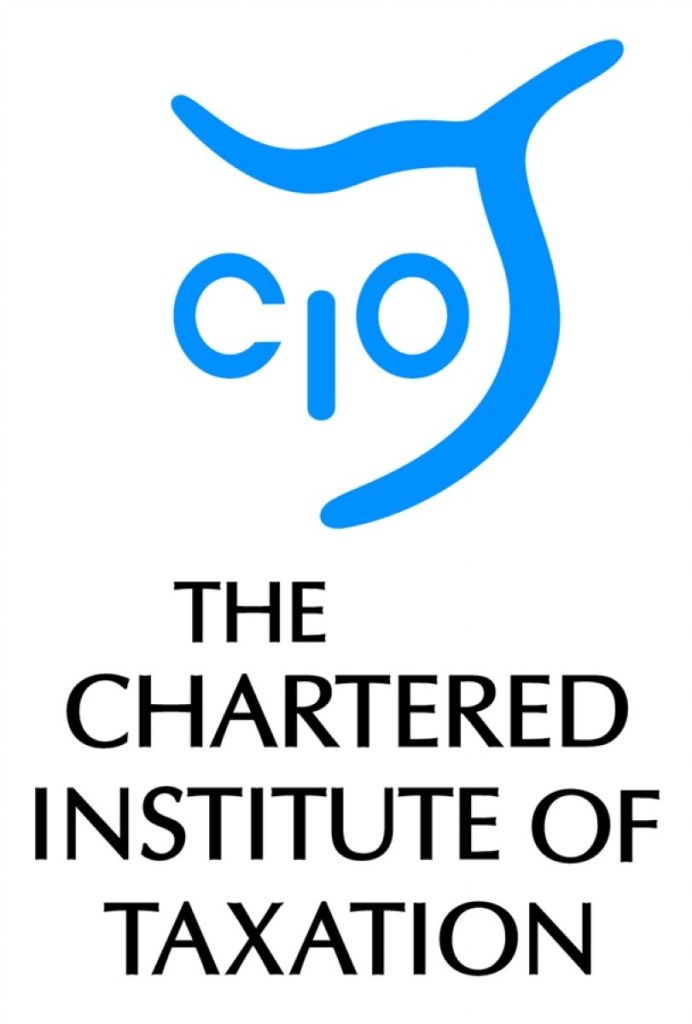‘Tax Gap’ figures – Five times as much lost to fraud as to avoidance
The Chartered Institute of Taxation (CIOT) has drawn attention to official figures published today which show that almost five times more tax revenue is lost as a result of illegal activity than through tax avoidance.
The figures come from the Government’s annual estimate of the ‘tax gap’. This is the difference between tax collected and that which, in HMRC’s view, should be collected. The Government estimate the gap at around £34bn a year in 2012-13, creating an estimated shortfall of 6.8% of total tax liabilities. This total includes an estimated £3.1bn lost to tax avoidance, down from £3.4bn the previous year (that figure itself revised down from the estimate of £4bn published a year ago). However, £5.4bn was lost to criminal attacks, £4.1bn to evasion and £5.9bn to the ‘hidden economy’, a total of £15.4bn from illegal activity.
Patrick Stevens, CIOT Tax Policy Director, commented:
“These figures suggest that tax evasion and other illegal activity are costing the Exchequer nearly five times as much as tax avoidance. The CIOT has long argued that HMRC needs to put more effort into investigating and prosecuting those who seek to evade tax. The Government are right to have put extra resources in this direction, as well as tackling artificial and abusive attempts to avoid tax.
“The Government has estimated that changes in this year’s Finance Act should now bring in over £7bn of tax thought to have been avoided in previous years. This is far more than the amount believed to have been avoided in 2012-13.
“These figures also show how much is being lost to public funds as a result of errors and carelessness by taxpayers – more than £7 billion a year. HMRC are still not doing enough in this area. There should be a stronger focus on education and making it easier for people to complete their tax returns. Additional simplification measures would also help reduce errors as well as making avoidance more difficult.
“£34 billion is a large amount of tax not to be collecting, and there appears to have been a small uptick after years of the ‘tax gap’ figure falling. However the figure still compares well to international jurisdictions. The most recent estimate of the tax gap in the United States, for example, puts the tax gap there at more than 14 per cent of total tax liabilities, more than double the percentage share in the UK.”
Notes for editors
1. HMRC’s new tax gap statistics are available at https://www.gov.uk/government/statistics/measuring-tax-gaps
2. The Chartered Institute of Taxation
The Chartered Institute of Taxation (CIOT) is the leading professional body in the United Kingdom concerned solely with taxation. The CIOT is an educational charity, promoting education and study of the administration and practice of taxation. One of our key aims is to work for a better, more efficient, tax system for all affected by it – taxpayers, their advisers and the authorities. The CIOT’s work covers all aspects of taxation, including direct and indirect taxes and duties. Through our Low Incomes Tax Reform Group (LITRG), the CIOT has a particular focus on improving the tax system, including tax credits and benefits, for the unrepresented taxpayer.
The CIOT draws on our members’ experience in private practice, commerce and industry, government and academia to improve tax administration and propose and explain how tax policy objectives can most effectively be achieved. We also link to, and draw on, similar leading professional tax bodies in other countries. The CIOT’s comments and recommendations on tax issues are made in line with our charitable objectives: we are politically neutral in our work.
The CIOT’s 17,000 members have the practising title of ‘Chartered Tax Adviser’ and the designatory letters ‘CTA’, to represent the leading tax qualification.
George Crozier
Head of External Relations
+44 (0)20 7340 0569
+44 (0)7740 477374





-01.png)